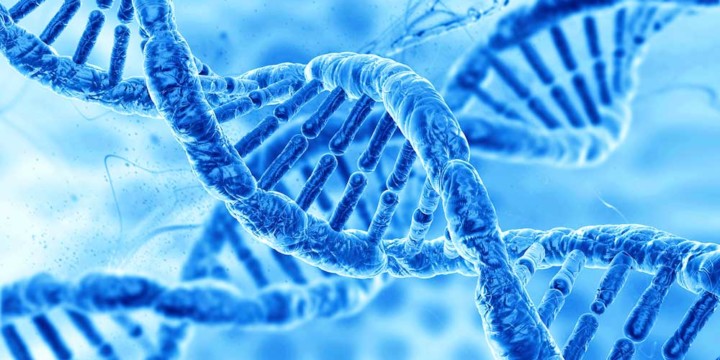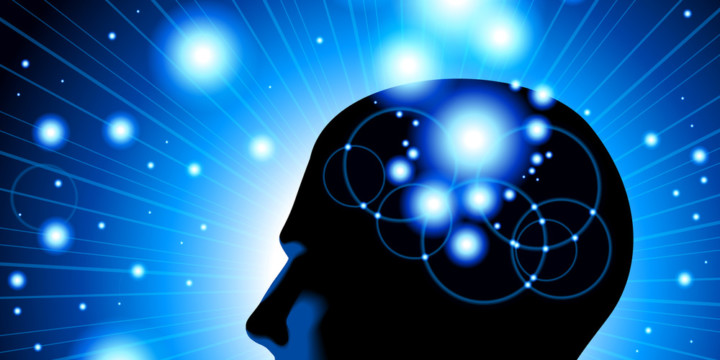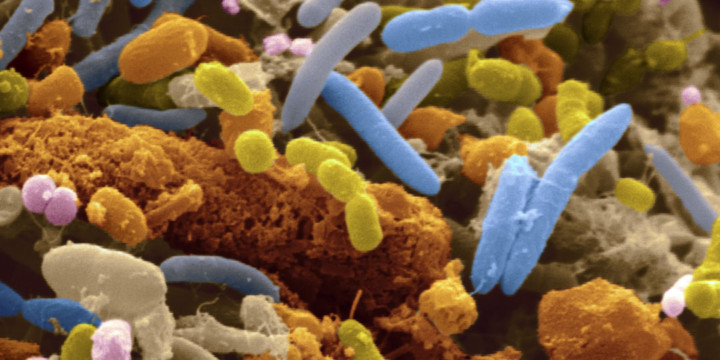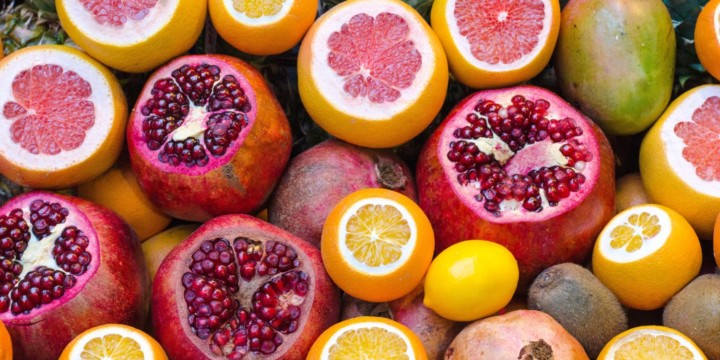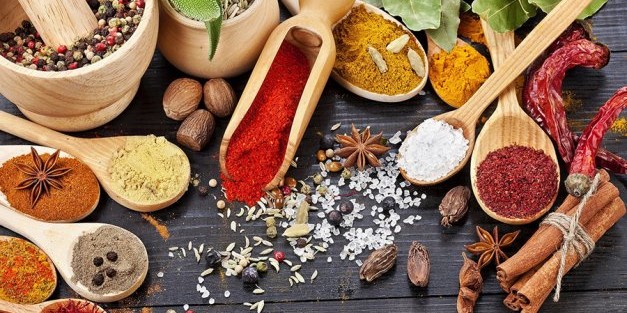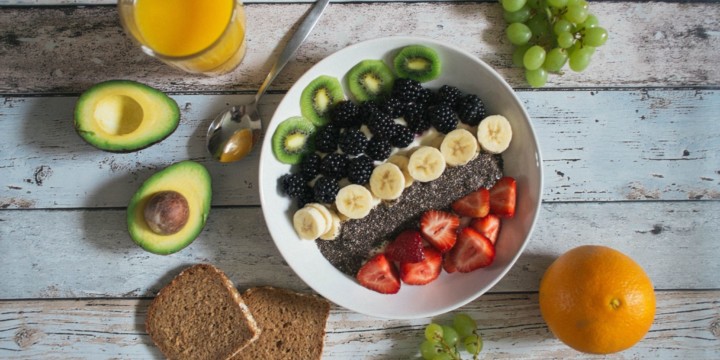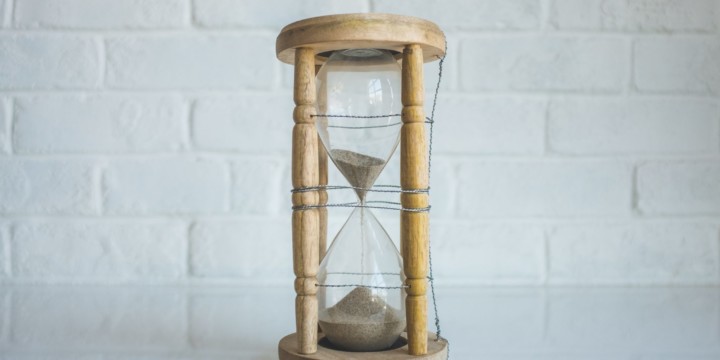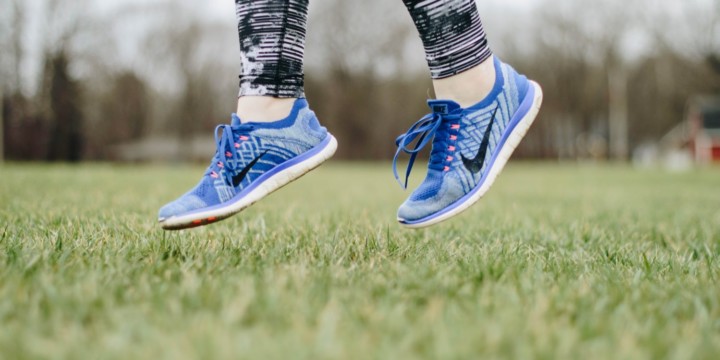Physiology of Diabetes
Diabetes represents a group of metabolic diseases where the common element is the presence of excess sugar content (hyperglycemia) in the blood.
Diabetes is a result of long existing deeper metabolic imbalances that manifest themselves in the form of either insufficient or no secretion of insulin by pancreas or cells’ failure to respond to insulin. Glucose is the main source of energy for cells and diabetes impairs the process of glucose absorption by cells thereby depriving them of their essential energy source.
Types of Diabetes
Type 1 Diabetes
Type 1 Diabetes or Juvenile onset diabetes is considered an autoimmune disease where your immune system destroys the beta cells of the pancreas that is responsible for the secretion of insulin. Insulin is the hormone that helps the body tissues to absorb glucose from the blood sugar. In the absence of insulin, the body is not able to absorb sugar and hence results in the condition called hyperglycemia.
Type 2 Diabetes
In the type 2 diabetes, the pancreas makes insulin but either the production of the insulin is not enough or the body tissues develop resistance to insulin and hence are unable to use it in the absorption of sugar from the blood resulting in hyperglycemia.
Gestational Diabetes
As the name suggests gestational diabetes occurs during pregnancy where the pancreas is unable to keep up with the insulin requirement of the body resulting in high blood sugar levels. In the majority of cases, it goes away after child’s birth.
Common Symptoms of Diabetes
- Frequent urination especially at night.
- Increased level of thirst
- Tiredness and fatigue
- Weight loss
- Genital itching or thrush.
- Cuts and wounds take longer to heal.
- Blurred vision.
Causes of Diabetes
Type 1 diabetes is an autoimmune disease where the immune system starts attacking the cells in the pancreas. Without enough insulin, the body cannot absorb blood sugar for energy. No specific cause for the incidence of type 1 diabetes has been identified except that in certain cases it can be triggered by viral or bacterial infection and exposure to environmental toxins.
Type 2 diabetes is a lifestyle disease and more than one factor may be involved in its occurrence. The risk factors are:
- Obesity
- Sedentary lifestyle
- Age
- Diet rich in refined and processed food
- Genetic factors
In gestational diabetes hormones like Estrogen, Progesterone, Growth Hormone, Placental insulinase and Cortisol inhibit the functioning of insulin.
Treatment in Allopathy
For type 1 diabetes, insulin injections are the only option as the pancreas are not producing any insulin.
For type 2 diabetes there are various lines of medication geared at increasing the cells’ sensitivity to insulin, removing excess sugar from the blood by making liver accept more sugar, flushing excess sugar out of the body and insulin. Some of the commonly prescribed medication are metformin, sulfonylureas, meglitinides, thiazolidinediones, DPP-4 inhibitors, GLP-1 receptor agonists, and SGLT2 inhibitors.
Gestational diabetes can be managed by the diet change and insulin injections.
Ayurveda and Diabetes
Ayurveda has long recognized Diabetes as a Maharog and it even finds mention in Atharvaveda, one of the four sacred Vedas of India. In Ayurveda diabetes is defined as Prameha ( excess urination ) and Madumeha (Sweet Urination). It is described mainly as a dysfunction of the water system (Ambhuvaha Srotas) or a water metabolism imbalance.
Treatment in Ayurveda
The Ayurveda treatment centers around controlling the symptoms, arresting the further progression of the disease by use of herbs that slow and prevent loss of dopamine neurons and detoxification to lower the burden of toxins on the body and to prevent further destruction of nerve cells.
Ayurveda is very effective in managing and curing diabetes.
Classification of Diabetes in Ayurveda
Ayurveda has developed a detailed system of classification of the disease that it calls Prameha (excess urination) or Madhumeha (Sweet Urination) based on the underlying imbalances caused by the dominance of a particular dosha namely Vata, Pitta, and Kapha.
There are 20 kinds of Prameha of which 4 types are caused by Vata, 6 types caused by Pitta and 10 types have kapha as a predominant or starting dosha. Also, the patients are divided on the basis of or Sahaj Prameha(caused due to hereditary factors) and Apathya Prameha (Diabetes resulting from unwholesome living). A further division of patient into Sthula (fat or Obese) and Krisa (Frail or physically weak) patient is made in order to devise an appropriate treatment protocol.
Kapha Dominated Diabetes
Predominantly the cases of Type 2 DIabetes are because of imbalance or excess of Kapha Dosha. Kapha represents the balance between earth and water elements but when it goes in excess it can manifest in weight gain, lethargy, and allergies. Ayurveda identifies an excessive appetite especially for sweet food as a causative factor for the development of type 2 diabetes. Its pathology sometimes takes even decades to manifest. Kapha dominated diabetes has increased the turbidity of urine.
Pitta Dominated Diabetes
Pitta can cause diabetes when it accumulates in the small intestine, then travel to liver and pancreas upsetting their functions. Excess pitta imbalance can burn out the pancreas. Pitta stage diabetes involves fever, acidity, bleeding, ulcerative sores, red or yellow urine, irritability, and hypertension.
Vata Predominant Diabetes
Long-term and juvenile onset diabetes is largely considered as Vata disease. Here Vata accumulates in the large intestine and travels to the pancreas, deranging the pancreas functions. It involves emaciation, thirst, dehydration, extreme hunger, insomnia, low energy and the burning sensation in the hands and feet.Deterioration of the body is a characteristic that indicates impairment of Vata. Maximum impairment of the dhatus or body tissues occurs in this type of disease and that is the reason all the vital organs are affected by diabetes.
Treatment in Ayurveda
An Ayurveda physician’s first job is to identify the root cause of the metabolic disorder and accordingly create a personalized regimen that is aimed at not only reducing the blood sugar levels but also rejuvenating the body and mind. It follows a holistic approach in the treatment of diabetes and takes into account following factors while designing the treatment course:
- Individual nature of imbalances of the patient
- Hereditary factors or Family history of diabetes
- Age at which diabetes was first discovered
- Categorization of dosha into Vataja, Pittaja, and Kaphaja
- The extent of imbalance – whether imbalance can be reversed or simply managed with reduced dependence on outside medication or only palliative measures can be taken given the extent of progress of the disease.
- Psychological and emotional status of the patient
- Lifestyle, diet, BMI, level of physical activities
- The extent of impact on the various organs, systems, and subsystems.
Panchakarma
A process of detoxification and rejuvenation is done to balance doshas and revitalize vital organs.
Herbs
Ayurveda has many herbs in its arsenal for tackling diabetes. Some of them are the bitter melon, jamun, turmeric, aloe vera, Triphala, methi seeds, amla, gurmar or Gymnema Sylvestre, saptrang or Salacia reticulate. Depending on the individual requirements of the patient herbs are prescribed.
Lifestyle and diet
Ayurveda lays emphasis on change in lifestyle especially for managing type 2 diabetes.
The wholesome foods like whole grains, vegetables, fruits, nuts, and seeds are recommended. Starchy vegetables, sugar cane, refined flours, fried foods, processed food are prohibited.
For type 2 diabetes yogic postures such as Surya Namaskar (Sun Salutations), Setubandasana (bridge pose), Paschimottanasana (seated forward bend pose), Dhanurasana (bow pose), Bhujangasana (cobra pose) , Ardha-matsyendrasana (half spinal twist), Sarvangasana (shoulder stand), Halasana (plow pose), Vajrasana (kneeling pose), and Chakrasana (wheel pose) are known to be beneficial. Yogic breathing exercises like Kapalbhati, Anuloma-Viloma, and brahmari pranayamas are also useful.
According to naturopathy, a disease is a manifestation of the disturbance in the internal environment of the body. Obeying the laws of nature and elimination of accumulated toxins through therapies and lifestyle modification helps in restoring the balance.
Treatment in Naturopathy
Naturopathy treatment involves a multi-pronged approach for managing Type 2 diabetes. It involves a change in diet, the inclusion of herbal supplements, exercise, yoga, meditation, and various therapies such as massage, hydrotherapy, and body packs.
Education is the mainstay of Naturopathic medicine. It helps the patients to get connected with their body and mind. Some patients improve dramatically when they realize the root cause of their disease.
Naturopathic Therapies
Hydrotherapy: In this form of therapy a combination of baths, packs, and warm water enema are given as a remedy. Hydrotherapy helps improve a person’s metabolism and controls blood sugar levels, enhances the body’s capability to use glucose and the enema helps cleanse toxins from the colon, detoxify the system.
Mud Therapy: Here mud is applied to the whole body that helps in restoring the perfect blood circulation and metabolism rate that tends to get affected by increased sugar levels in the blood.
Diet
Diabetic patients need to change their lifestyle, and naturopathy physicians are excellent at guiding them in this process. All the refined carbohydrates are removed from the diet. Instead, complex carbohydrates, plant-based protein, fresh fruits, and vegetables are emphasized. Patients are recommended to use healthy oils, add high fiber diet in the form of raw salads and sprouts nuts and seeds. Low glycemic index fruits like papaya, apple, guava, and Indian blackberry (jamun) are recommended. The inclusion of Vitamin C in the form of dark green leafy vegetables, tomatoes, guava, Indian gooseberry, Vitamin E in the form of almond, avocado, sunflower seeds, spinach, and Vitamin B12 in milk and yogurt are suggested to help minimize the complications associated with diabetes.
Herbs
Aloe-Vera, ginger, peppermint and fenugreek are some of the common herbs known to treat diabetes.
Yoga and Meditation
Yoga helps in boosting the immune system and the glandular muscles that might get weak due to diabetes. Meditation calms the mind and balances the hormonal levels. Walking for 40-60 minutes is excellent for managing diabetes. Walking helps to enhance cells’ sensitivity to insulin.
For type 2 diabetes yogic postures such as Surya Namaskar (Sun Salutations), Setubandasana (bridge pose), Paschimottanasana (seated forward bend pose), Dhanurasana (bow pose), Bhujangasana (cobra pose) , Ardha-matsyendrasana (half spinal twist), Sarvangasana (shoulder stand), Halasana (plow pose), Vajrasana (kneeling pose), and Chakrasana (wheel pose) are known to be beneficial. Yogic breathing exercises like Kapalbhati, Anuloma-Viloma, and brahmari pranayamas are also useful.
Diabetes and Homeopathy
The aim of homoeopathic treatment is to not just reduce the blood sugar levels but also to maintain them at a normal range and to prevent further complications and offer a better prognosis. The right remedy chosen after detailed analysis does exactly that. Diabetes is an autoimmune disorder. It also shows a genetic predisposition. The body may start showing symptoms of diabetes depending on various triggers like physical or emotional stress, mental tensions, faulty eating habits, lack of physical exercise and other things.
Treatment of Diabetes in Homeopathy
All these factors are taken into account while choosing a remedy. A person’s family history, the mental condition at the time when the symptoms first appeared, the lifestyle, the emotional and psychological makeup, his food preferences, his seasonal preferences, conditions that aggravate the disease, conditions that make him feel better are all enquired in details.
After a detailed analysis and evaluation, a single remedy from over hundreds is chosen and prescribed. Most of the times the patients approach homoeopathy only in a late stage. As such stage they are already under heavy medications and also insulin supplements.
In such cases, it is advisable that the person continues with the anti-diabetics along with homoeopathy and doesn’t stop medications abruptly. It is important to monitor the effect of homoeopathic medicines closely and perform regular blood tests to assess blood sugar levels and glycosylated hemoglobin levels. Once the patient is stable for a continuous period of time, the insulin and anti-diabetics may be reduced at the discretion of a diabetologist or endocrinologist.
Pre-diabetes is a condition where the blood glucose levels are at the borderline levels. The person cannot yet be diagnosed as ‘Diabetic’ but may become one a few years down the lane. This can be prevented with suitable dietary and lifestyle changes. In a pre-diabetic stage, homoeopathy has a very positive role to play. In this condition, the body has just started with the fight against diabetes and is also not reeling under the effects of conventional medicines. Homoeopathic medicines given at this stage prove to be the correct boost for the body to heal itself completely and naturally.
Here are a few medicines that are used commonly in diabetes.
- Syzygium And Cephalandra– These medicines are very specific in nature and are used for their rapid In cases where the blood sugar levels hover on the very high range, these medications in repeated doses help to bring down the blood sugar levels quickly. Once the sugar drops significantly a constitutional remedy has to be prescribed. These specific remedies, though very effective, should not be used for the long-term management.
- Phosphoric Acid– Phosphoric Acid is indicated in persons in whom diabetes is triggered off by excessive grief, worry and anxiety. The characteristic symptom in this remedy is the pale or milky urine that has a sweetish smell and contains a lot of sugar and phosphate in it. The person looks very weak and emaciated and complains of a general feeling of weakness and bruised sore feeling in muscles all the time.
- Uranium Nitrate- This remedy works well when diabetes is associated with gastric troubles especially dyspepsia and indigestion. The person shows a weak assimilation at all levels. The nutrients from food are not absorbed and assimilated into the body which causes him to look weak and emaciated. The insulin from the blood isn’t absorbed and utilized properly which leads to all the symptoms of diabetes.
- Phosphorus – Phosphorus is ideal for diabetes due to the inability of the pancreas to produce insulin. The Phosphorus patient is tall and lean and is constantly worried and vexed about something or the other. He has a huge appetite and thirst. He is constantly eating and drinking water, especially water. But he cannot hold everything down. He vomits frequently. Bleeding diathesis is a marked feature in Phosphorus. Slight injuries bleed a lot. Bleeding gums, bleeding boils on the skin, blood in the urine are all characteristics of Phosphorus. Eye problems due to diabetes like cataract or diabetic retinopathy respond well to Phosphorus.
- Lycopodium- Lycopodium is a remedy for diabetic nephropathy. The right kidney is generally affected. The person suffers from retention of urine. He has to strain a lot while passing urine. Urine is often cloudy and milky. Sometimes the urine appears red due to bleeding.
Homoeopathy treats gently with no side-effects Homeopathic medicines help in boosting the person’s immune system. The body then responds well to the available insulin and this helps in reducing the symptoms of diabetes.
In a disease like diabetes, medicines alone do not help. It is essential to keep in mind that stress-control, good eating habits, and regular moderate physical activity are of equal importance too. The medicines listed above are only indicative. Please visit a qualified homoeopath and get a remedy that is most suited to your case.

